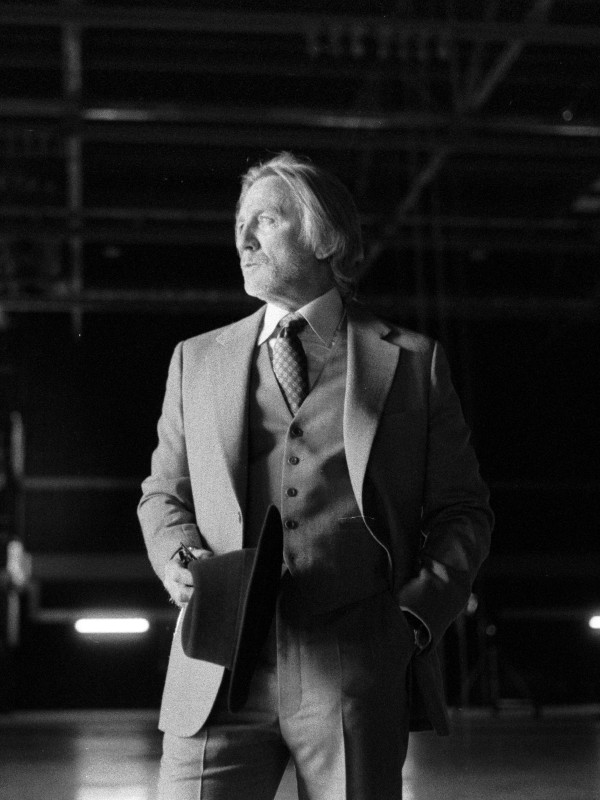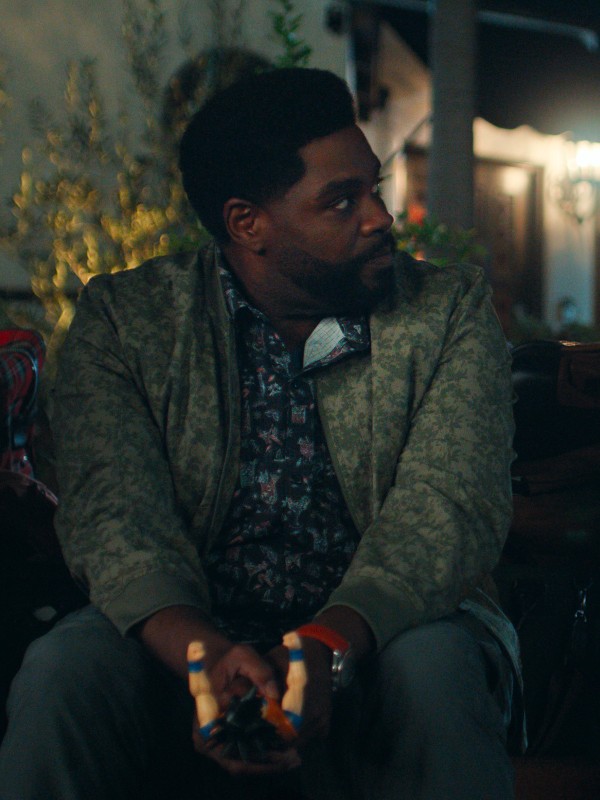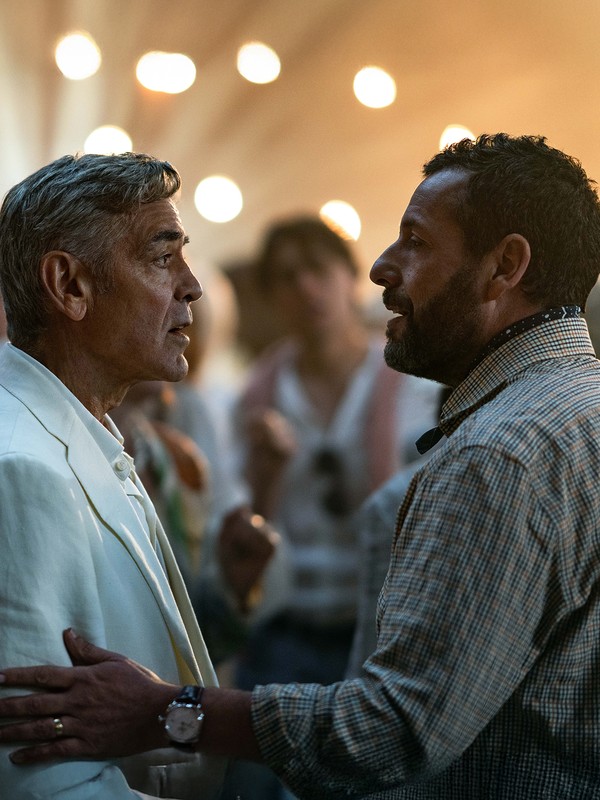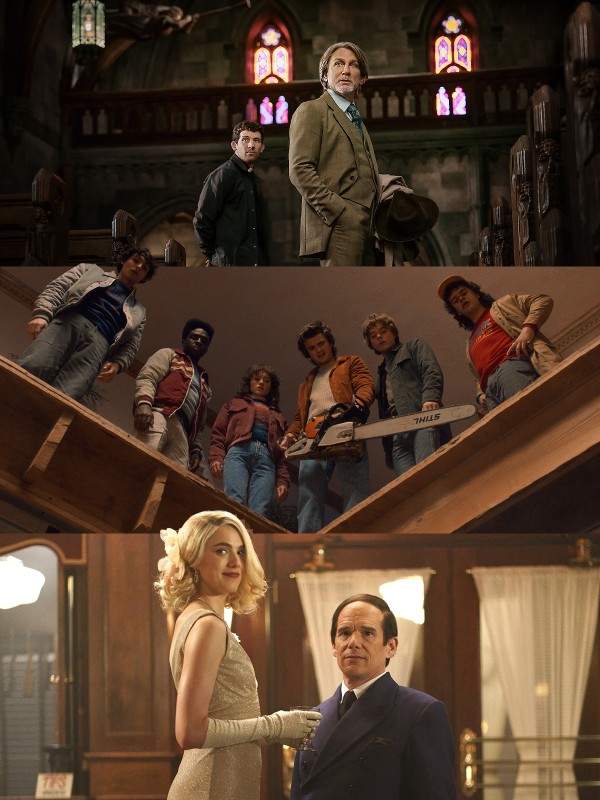The White Crow: Ralph Fiennes’ Stunning New Film
It’s two decades since Ralph Fiennes first came across Julie Kavanagh’s biography on Nureyev and was instantly “gripped” by the story of his formative years. “The story sat with me as a great possibility for a film,” explains Fiennes. “It’s so dramatic and is about so many things. It has an interior personal dynamic, the drive to realise himself and the ruthlessness that goes with it. It’s also within the context of the ideological divide between east and west at the height of the Cold War.”
Back then it didn’t occur to him to direct it. “It was just an idea,” he recalls. It would be 10 years before The English Patient star made his directorial debut with Coriolanus and then almost another 10 before the Nureyev film became a reality.
From the outset, neither he nor his producing partner Gabrielle Tana wished to make a standard biopic. Instead they wanted to look at a man, nicknamed the ‘White Crow,’ or outsider, who broke with convention when it was dangerous in his country to do so.
“He had a spirit in him, something that was stronger than him or anything else,” explains Tana. “He was obsessed with dance and obsessed with actually making his profile on the stage as significant as possible. He wanted to be as captivating as the ballerinas were and he reinvented male performance. He wasn’t just there to serve the ballerina. He was a dramatic player in her own right. He wanted to make sure everybody was watching him.”
Fiennes turned to another long-term collaborator, David Hare, to write the script. Hare initially wanted to focus solely on Nureyev’s time in Paris shortly before his defection to the West in 1961. Nureyev was 22 and on his first adventure outside of the Soviet Union.
Unlike his cautious fellow dancers, he submerged himself in the café culture and made friends with the Parisiennes despite protestations from the ever-present KJB officers.
Fiennes, however, was adamant the action was interweaved with scenes from his deprived childhood, and his student years studying dance in Leningrad (now St Petersburg). Hare ultimately agreed the three timeframes would work well. “The film is about the moments during which he becomes the most famous dancer in the world for two reasons. The first being his dancing and the second being that he was the first significant Soviet citizen to defect,” says Hare who actually met Nureyev, who passed away in 1993, when his notoriety preceded him.
“The Nureyev I met was already regarded as a monster. Famously difficult, famously imperious. You certainly couldn’t look at anybody else when you were in the room with him. I had to throw that memory away because that’s not what he was when he came to Paris. He was always on an extraordinarily tough course because of the poverty of his background. He felt not only was he working class, a peasant who knew nothing as he put it, but he started dancing very late.”
Just as Fiennes sought authenticity in his locations and filmed in St Petersburg and Paris despite the financial and practical limitations, he had certain criteria for the person who’d portray Nureyev. It would’ve been near-impossible for a non-dancer to depict him and Fiennes had no interest in casting English-speaking actors. And so, the casting net was thrown wide and among the shortlisted candidates was the Ukrainian dancer Oleg Ivenko.“There was something about the way he sat in front of the camera, some ‘X factor’ that made me think ‘That could be Rudi’,” says Fiennes.
For Ivenko it was a privilege to bring Nureyev to the big screen. “He gave his energy to the audience who could not help applauding him because the energy he emanated was just incredibly powerful,” he says. “Everybody felt it, all his partners, the entire corps-de-ballet that danced next to him. They all sensed it was something extraordinary. He could do impossible things. It was mind-blowing. Even now, some young ballet dancers can’t repeat what he could do.”
Fiennes, who speaks Russian, also stars in the movie as Nureyev’s softly-spoken dance teacher Alexander Pushkin. He and his wife Xenia invited Nureyev to stay with them in their one-room apartment following an injury. There were rumours he had an affair with Xenia, which is depicted in the movie, as well as Nureyev’s homosexual encounters. One of the people he’s closest to during his time in Paris is the grieving Clara Saint, played by Adele Exarchopoulos. She believes their relationship was solely platonic. “Of course, we all ask ourselves, what was the ambiguity in the relationship? But for me it’s about friendship, real friendship,” she says, and that’s despite his selfish behaviour. “I don’t think you forgive him just because he has talent,” she muses. “You forgive because you have to smell this boy to understand him. He will never let people and convention get to him. Freedom is more important to him than anything.”
Hare doesn’t believe his behaviour would be tolerated today. “He would be sent on an anger management course!” he says. “In Nureyev’s defence, everyone will say the ruthlessness was as much with himself as it was with other people.” “The film’s a portrait of the artist as a young man with all his jagged edges and his loneliness and his imagination and his mischief,” adds Fiennes. “There’s an unpleasantness and a ruthlessness to him, but it’s youth looking to realise itself. And I find that very moving.”
The White Crow is released on Friday, March 22
DISCLAIMER: We endeavour to always credit the correct original source of every image we use. If you think a credit may be incorrect, please contact us at info@sheerluxe.com.






